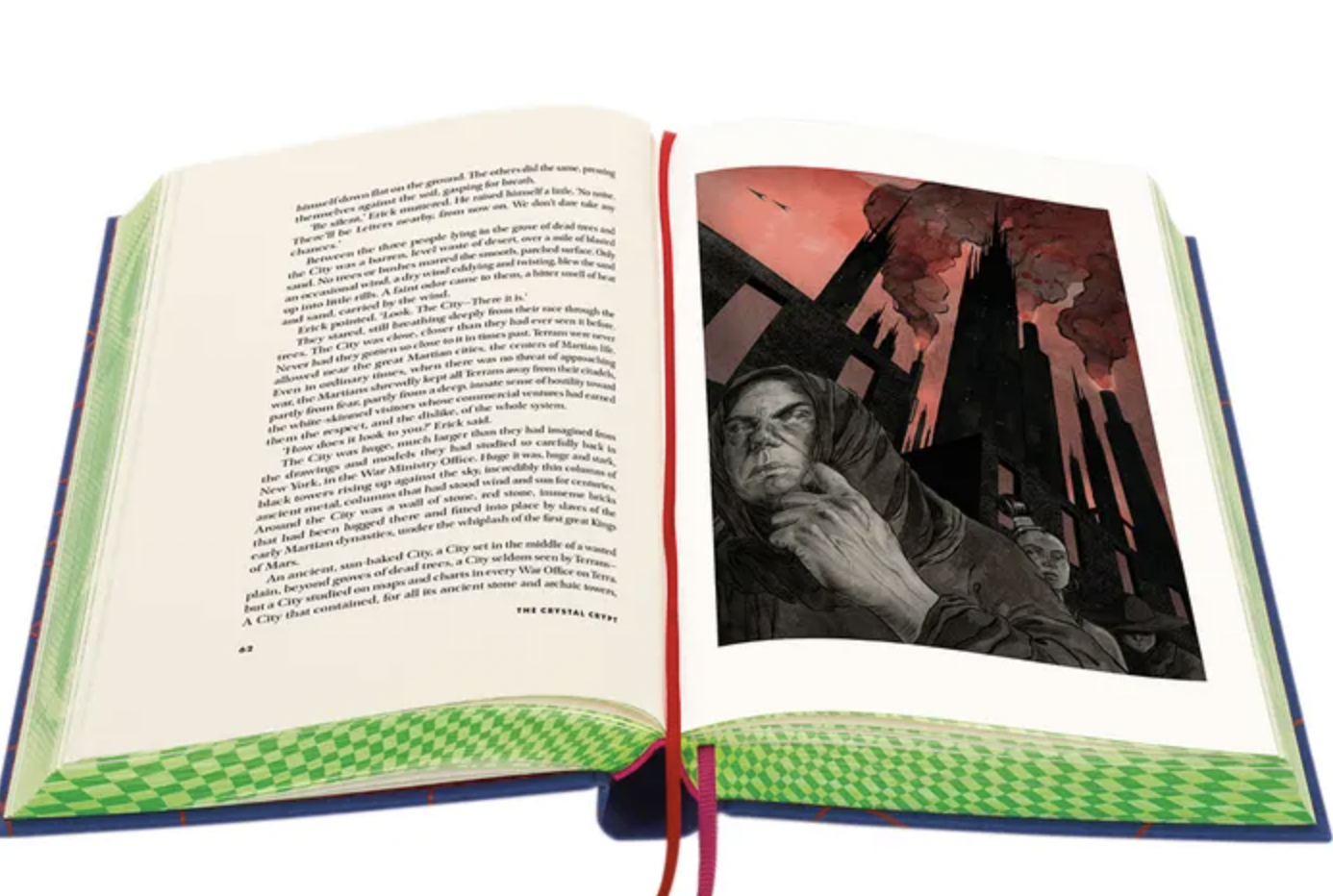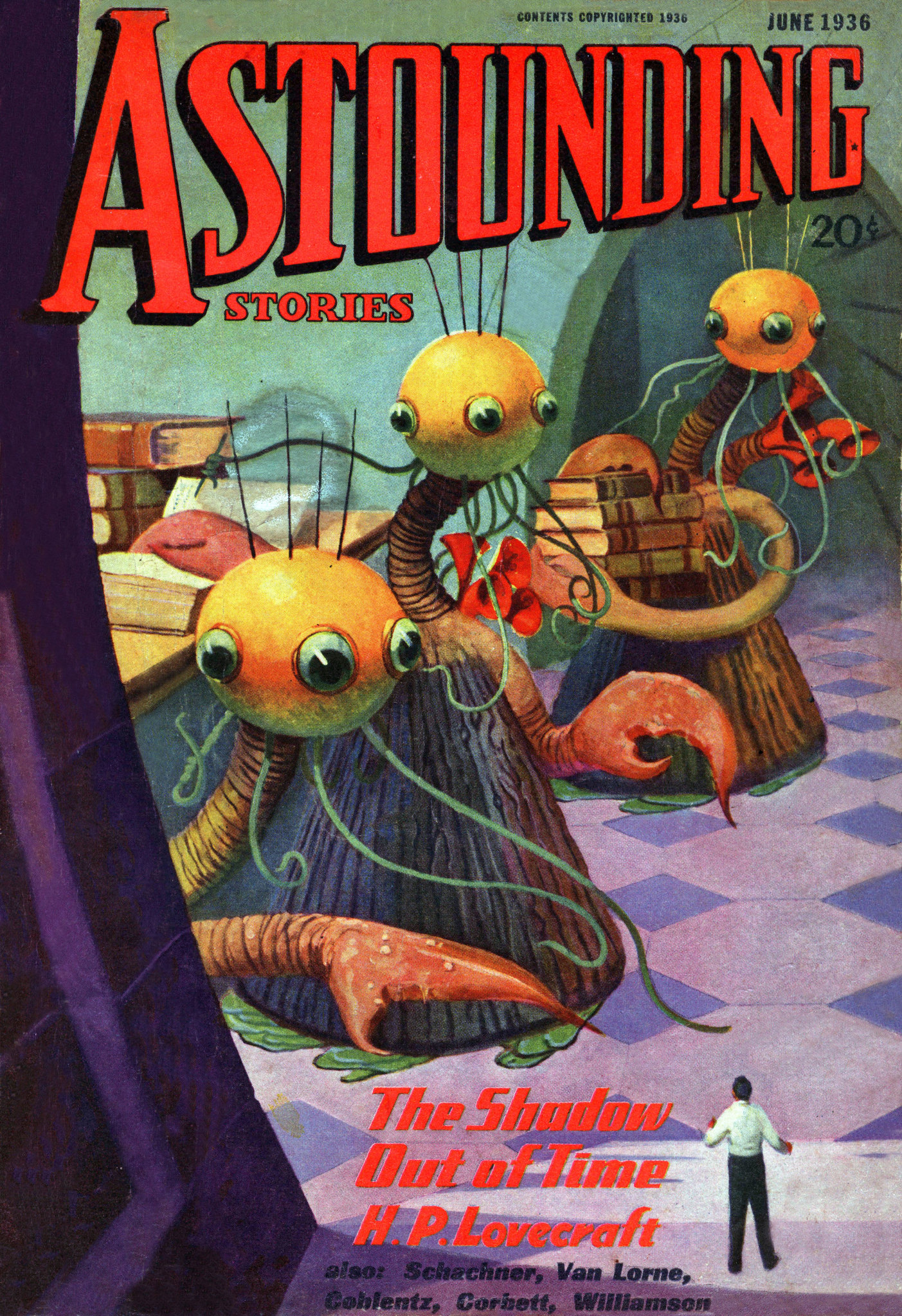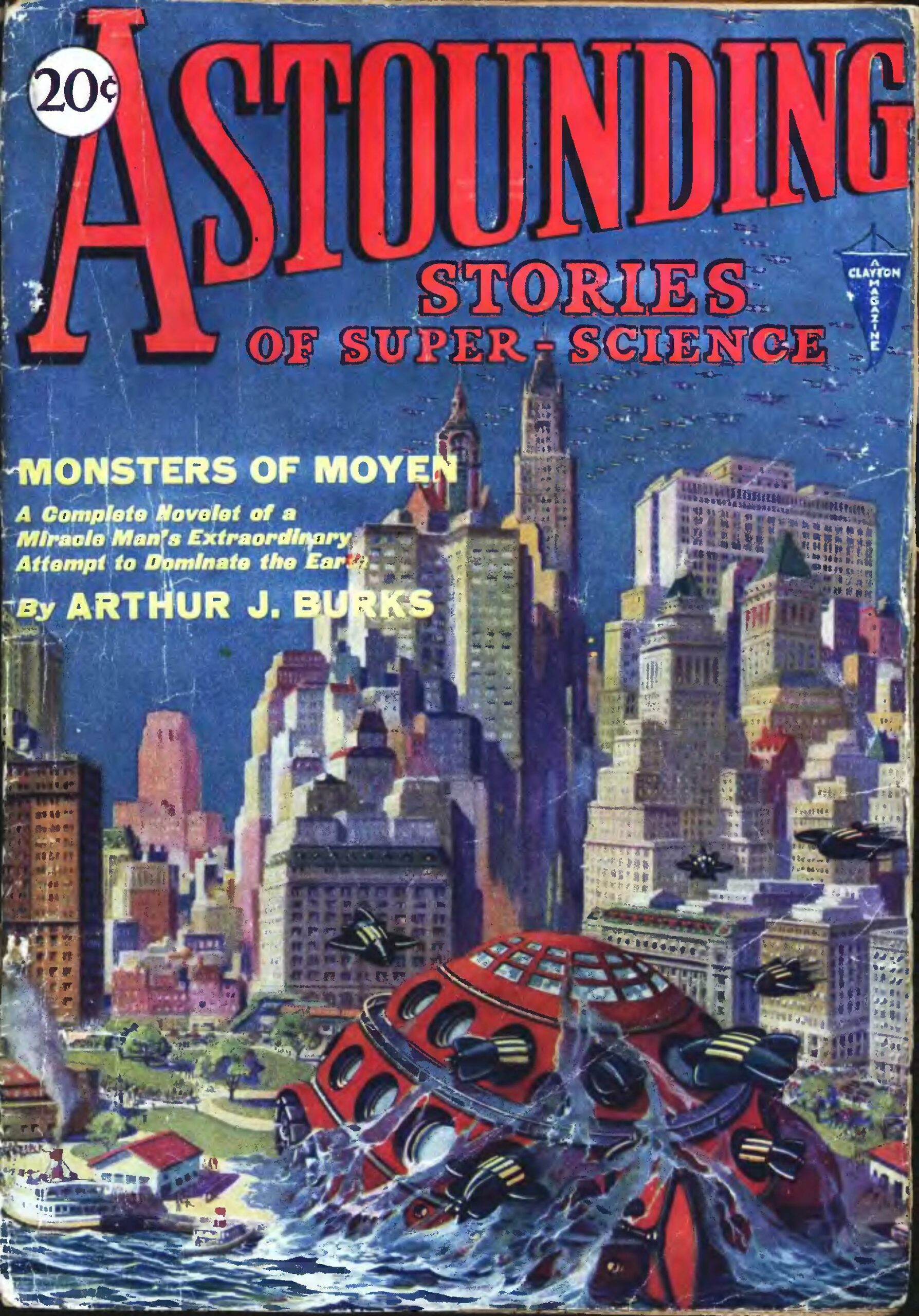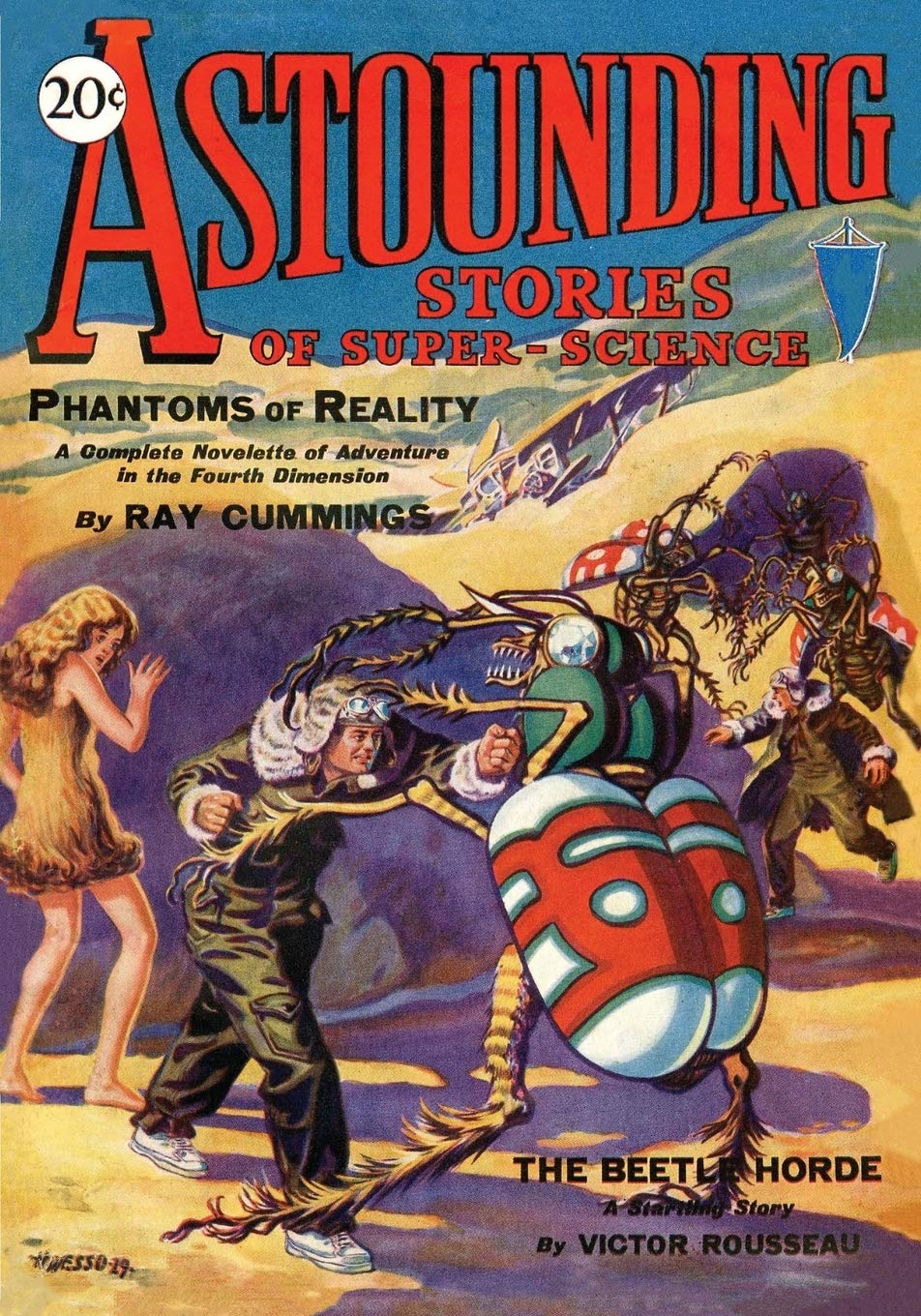David Bowie’s fans have now been enjoying the character of Ziggy Stardust for a full five decades. That’s hardly a bad run, given that the opening track of The Rise and Fall of Ziggy Stardust and the Spiders from Mars announces that the end of the world will come in just five years. Released on June 16th, 1972, that album gave the public its introduction to the title character, an androgynous rock star from a distant star who one day arrives, messiah-like, on the dying Earth. But as the musical story goes, the resulting fame proves too much for him: the hapless Ziggy ends up in shambles, victimized by Earthly desires in all their manifestations.
One could read into all this certain aspirations and fears on the part of Ziggy Stardust’s creator-performer, the young David Bowie. Broad critical consensus holds that it was on the previous year’s Hunky Dory that Bowie first showed his true artistic potential.
Though that album, his fourth, boasted signature-songs-to-be like “Changes” and “Life on Mars?”, Bowie declared (no doubt to the label’s frustration) that he wouldn’t bother promoting it, since he was just about to change his image. This turned out to be a shrewd move, since his subsequent transformation into Ziggy Stardust launched him out of the realm of the respected niche singer-songwriter and into the stratosphere of the bona fide rock star.
Why did Ziggy Stardust drive so many listeners to near-maniac appreciation half a century ago? In Bowie’s native England, many cite his July 1972 performance of “Starman” the BBC’s Top of the Pops as the turning point. Though only mildly psychedelic, the segment celebrated the colorfully askew glamour of Bowie-as-Ziggy and his band the Spiders from Mars just when it was desperately needed. As music critic Simon Reynolds writes, “It is hard to reconstruct the drabness, the visual depletion of Britain in 1972, which filtered into the music papers to form the grey and grubby backdrop to Bowie’s physical and sartorial splendor.” Today you can hear a newly released 2022 mix of “Starman” constructed from the tracks recorded for Top of the Pops those 50 years ago.
Imagine the impact on a young English pop-music fan in 1972 who happened to be watching on color (or rather, colour) television, itself introduced only a few years earlier. Though Bowie may have chosen just the right historical moment to debut the first of his musical personae, he didn’t create Ziggy Stardust ex nihilo. Elements of the character have clear precedents earlier in Bowie’s career, not least in the promotional film for 1968’s “Space Oddity,” the 2001-inspired single that first associated him with the realms beyond our planet. But Ziggy was Bowie’s first genuine alter ego, a character perfectly suited to the era of “glam rock” who could conveniently be retired when that era passed. Glam rock may be long gone, but Ziggy Stardust still looks and sounds as if he’d only just landed on Earth.
Related content:
David Bowie Recalls the Strange Experience of Inventing the Character Ziggy Stardust (1977)
The Story of Ziggy Stardust: How David Bowie Created the Character that Made Him Famous
David Bowie Became Ziggy Stardust 48 Years Ago This Week: Watch Original Footage
Hear Demo Recordings of David Bowie’s “Ziggy Stardust,” “Space Oddity” & “Changes”
David Bowie Remembers His Ziggy Stardust Days in Animated Video
Based in Seoul, Colin Marshall writes and broadcasts on cities, language, and culture. His projects include the Substack newsletter Books on Cities, the book The Stateless City: a Walk through 21st-Century Los Angeles and the video series The City in Cinema. Follow him on Twitter at @colinmarshall, on Facebook, or on Instagram.







